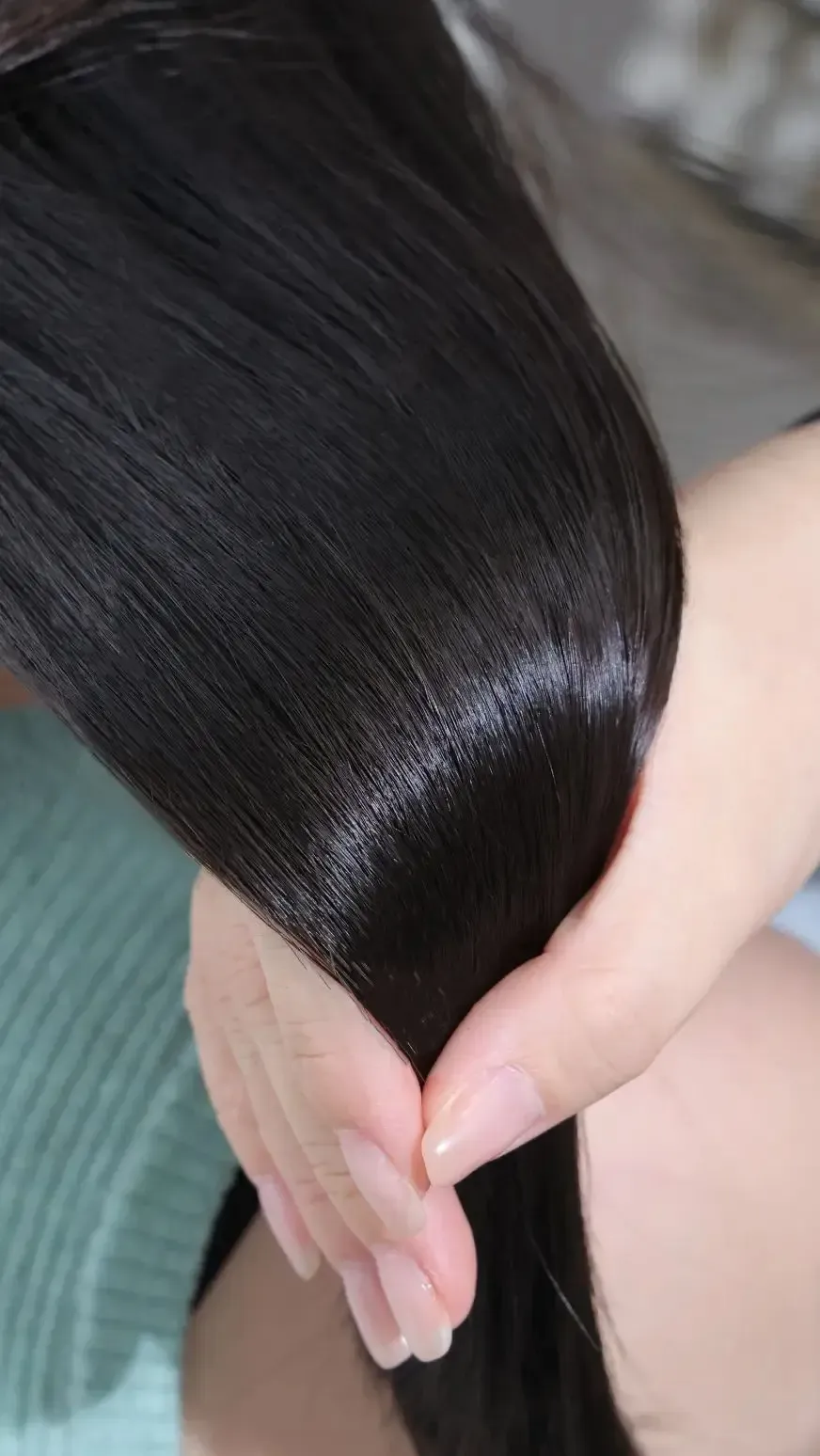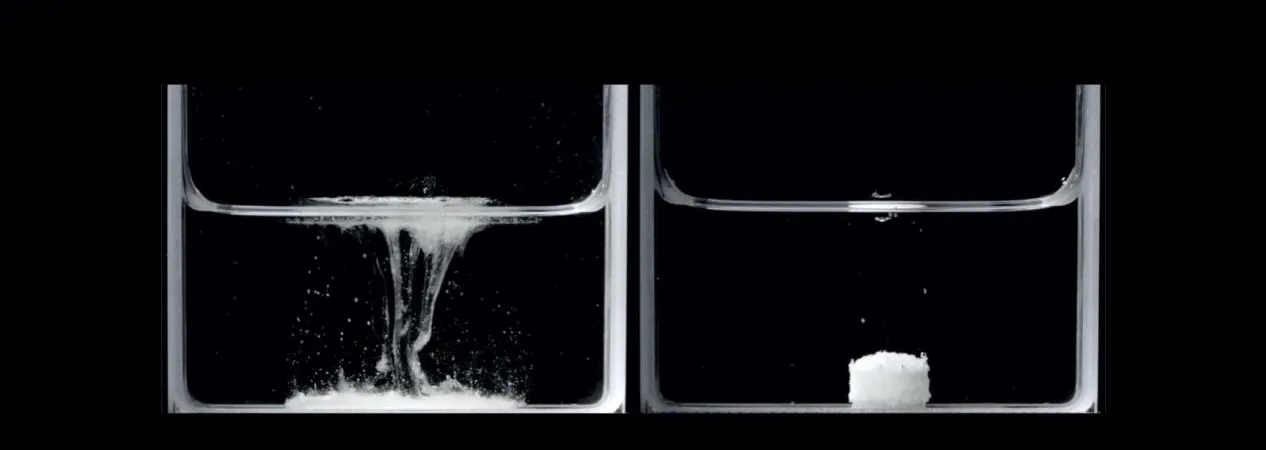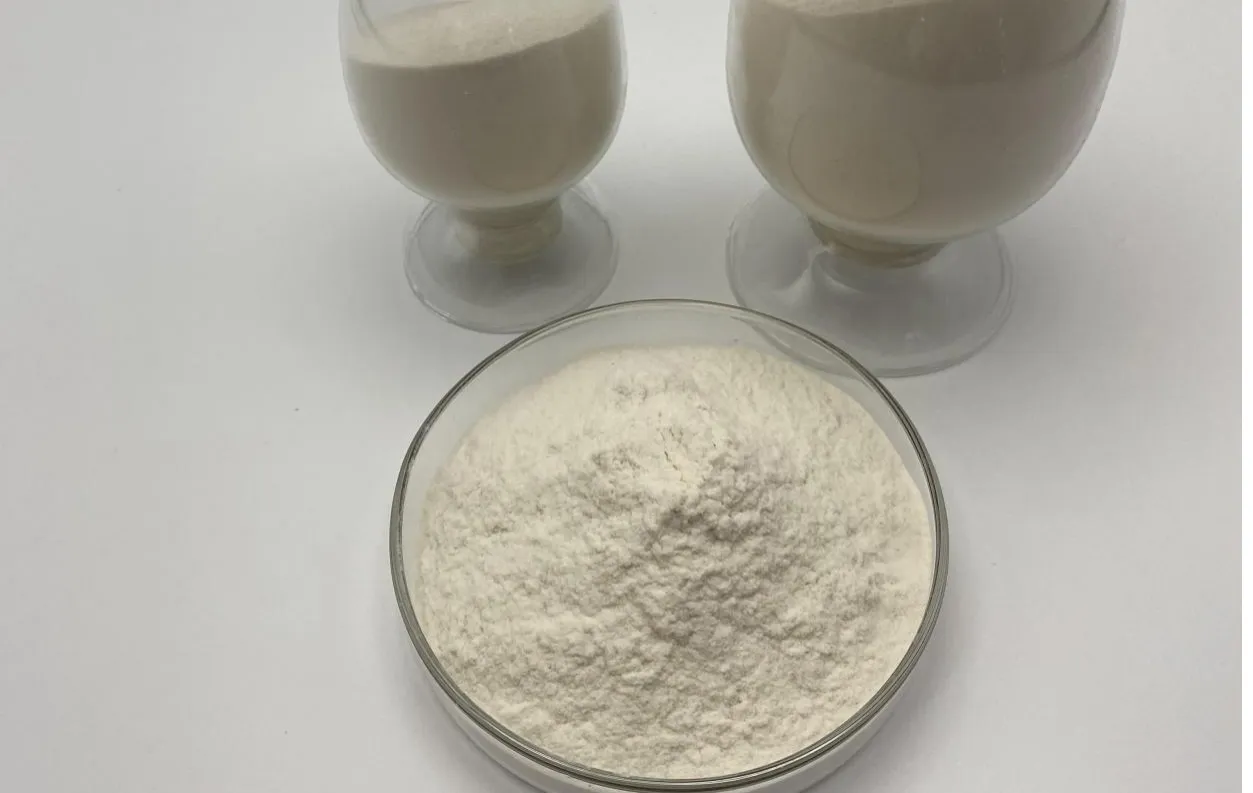
Hydroxyethyl Cellulose Variants and Their Uses
Hydroxyethyl cellulose (HEC) is a versatile polymer derived from cellulose that has found wide applications across industries, particularly in cosmetics, pharmaceuticals, and personal care products. This article delves into some of the popular forms of hydroxyethyl cellulose, y compris hydroxyéthylcellulose cationique, its uses in cosmetics, natural hydroxyethylcellulose, and its connection to industry leaders like Ashland hydroxyethyl cellulose. We’ll also discuss low substituted hydroxypropyl cellulose and its unique applications.

Cationic Hydroxyethyl Cellulose
Cationic hydroxyethyl cellulose (HEC) is a modified version of hydroxyethyl cellulose with a cationic (positively charged) functional group. This modification enhances the ability of HEC to interact with negatively charged surfaces, making it especially useful in formulations for personal care products, including shampoos, conditioners, and lotions. Cationic hydroxyethyl cellulose is prized for its ability to provide smooth, soft, and manageable hair, while also offering improved water retention properties.
One of the major benefits of hydroxyéthylcellulose cationique in cosmetic products is its excellent conditioning properties. It is often included in hair care formulations to improve the texture and manageability of hair, making it smoother, softer, and more lustrous. Additionally, this cationic polymer is ideal for formulating products that require thickening and emulsification, such as creams, lotions, and gels. Its gentle nature makes it a popular choice in skin care formulations as well, where it adds thickness and consistency while promoting hydration.
For companies and manufacturers looking for high-performance ingredients that provide added value to their products, hydroxyéthylcellulose cationique is an essential compound in modern cosmetic formulations. It’s also biodegradable, which adds an eco-friendly edge to the increasingly green beauty movement.

Hydroxyethyl Cellulose in Cosmetics
Hydroxyethyl cellulose in cosmetics is one of the most widely used and versatile ingredients in the beauty industry. Due to its unique properties, it serves multiple functions in cosmetic formulations, including thickening agents, stabilizers, film-formers, and emulsifiers. Its primary function in cosmetics is to enhance the texture and consistency of products such as shampoos, conditioners, body washes, creams, lotions, and gels.
As a thickener, hydroxyethyl cellulose in cosmetics allows for the creation of smooth, consistent formulations with the desired viscosity. It helps retain moisture, promoting hydration and a healthy appearance in the skin. In hair care products, it can reduce frizz, add shine, and improve the manageability of hair without weighing it down. Hydroxyethyl cellulose’s versatility extends beyond personal care as it is also used in makeup and sunscreen formulations to ensure proper texture and performance.
Given its mildness and non-irritating properties, hydroxyethyl cellulose in cosmetics is suitable for sensitive skin types, making it an ingredient of choice for skin care lines targeting delicate or hypoallergenic formulations. Manufacturers are increasingly incorporating hydroxyethyl cellulose into their products due to its ability to deliver excellent quality while being safe and effective for all skin types.

Hydroxyethylcellulose Natural
Hydroxyethylcellulose natural refers to the form of hydroxyethyl cellulose that is derived from natural sources such as wood pulp or cotton. It is a non-toxic and biodegradable substance that retains many of the beneficial properties of traditional hydroxyethyl cellulose, but with an added emphasis on being more eco-friendly and natural.
Consumers are becoming more conscious about the ingredients in their beauty products, preferring products that are natural and sustainable. Hydroxyethylcellulose natural fits this demand perfectly, as it is derived from plant-based sources and retains the same thickening and emulsifying benefits found in synthetic alternatives. As a natural polymer, hydroxyethylcellulose natural offers an excellent way for manufacturers to formulate products that are in line with the clean beauty trend while maintaining high performance.
The key benefit of using hydroxyethylcellulose natural in formulations is that it is gentle on the skin and hair, making it suitable for a wide range of consumers, including those with sensitive skin. It also has excellent water retention properties, helping to keep skin moisturized for longer periods and offering superior skin conditioning.

Ashland Hydroxyethyl Cellulose
Ashland hydroxyethyl cellulose is one of the leading brands in the production of hydroxyethyl cellulose, and it’s widely recognized for its high-quality products. Ashland’s line of hydroxyethyl cellulose products includes various grades with distinct viscosities, designed to meet the needs of different industries such as cosmetics, pharmaceuticals, food, and construction.
The benefit of using Ashland hydroxyethyl cellulose is the consistency and reliability of the product. Ashland is known for its commitment to quality, and its hydroxyethyl cellulose products are designed to provide optimal performance in every formulation. Whether it’s for thickening shampoos, creating smooth lotions, or formulating adhesives in construction, Ashland hydroxyethyl cellulose guarantees high-quality results.
Moreover, Ashland’s hydroxyethyl cellulose products are often designed to meet stringent regulatory standards, making them a preferred choice for many industries where compliance with health and safety regulations is a priority. With global availability and a trusted reputation, Ashland hydroxyethyl cellulose remains a go-to option for formulators around the world who require top-tier quality ingredients for their products.

Low Substituted Hydroxypropyl Cellulose Use
Low substituted hydroxypropyl cellulose (LSHPC) is a variant of hydroxypropyl cellulose (HPC) that has a lower degree of substitution, meaning fewer hydroxypropyl groups are attached to the cellulose backbone. This unique structure results in specific uses in various industries, particularly where a lower viscosity and slower gelling behavior is required.
Low substituted hydroxypropyl cellulose use is found in industries such as pharmaceuticals, food, and cosmetics, where it serves as a binder, stabilizer, and thickening agent. In pharmaceutical formulations, LSHPC is often used to create sustained-release tablets, as it allows for the slow release of active ingredients over time. It also serves as an excellent binder in tablets and capsules, ensuring consistency and integrity during manufacturing and delivery.
In food applications, low substituted hydroxypropyl cellulose use includes being used as a food additive, where it functions as a stabilizer and emulsifier. It helps improve the texture and consistency of food products like sauces, dressings, and dairy-based products.
In cosmetics, low substituted hydroxypropyl cellulose use is widespread in hair care products, skin creams, and lotions. It imparts a smooth, luxurious feel to formulations while maintaining the desired viscosity. Its low substitution rate also allows for better spreadability and control over the final product's consistency.

Ashland Hydroxyethyl Cellulose FAQs
What is cationic hydroxyethyl cellulose used for in personal care products?
Cationic hydroxyethyl cellulose is used as a conditioning agent in hair care products, improving the texture and manageability of hair. It also serves as a thickener and emulsifier in creams, lotions, and gels.

Is hydroxyethyl cellulose in cosmetics safe for sensitive skin?
Yes, hydroxyethyl cellulose in cosmetics is gentle and non-irritating, making it suitable for sensitive skin types. It is commonly used in hypoallergenic products due to its mildness.
What are the benefits of using hydroxyethylcellulose natural in formulations?
Hydroxyethylcellulose natural is biodegradable and derived from sustainable plant sources. It provides all the benefits of traditional hydroxyethyl cellulose but with an emphasis on being eco-friendly and gentle on the skin.

Why is Ashland hydroxyethyl cellulose a popular choice for manufacturers?
Ashland hydroxyethyl cellulose is known for its consistency, high quality, and compliance with regulatory standards. It is trusted by formulators worldwide for a wide range of applications.
How is low substituted hydroxypropyl cellulose used in pharmaceuticals?
Low substituted hydroxypropyl cellulose is used in pharmaceutical formulations for sustained-release tablets. It helps control the release of active ingredients, providing longer-lasting effects.

In conclusion, hydroxyethyl cellulose and its various forms, including hydroxyéthylcellulose cationique, hydroxyethyl cellulose in cosmetics, hydroxyethylcellulose natural, Ashland hydroxyethyl cellulose, and low substituted hydroxypropyl cellulose, play vital roles across multiple industries. From personal care to pharmaceuticals and food, these cellulose derivatives offer a wide array of applications, improving the quality and performance of products while being eco-friendly and safe for consumers.
-
Hydroxypropyl Starch as a Sustainable Construction AdditiveNewsNov.24,2025
-
The Gelation Properties of CMCNewsNov.21,2025
-
Redispersible Latex Powder and Water Retention CapacityNewsNov.21,2025
-
Dosage Control for Polycarboxylate Water ReducerNewsNov.21,2025
-
Film-Forming Properties of Polyvinyl AlcoholNewsNov.21,2025
-
The Function of Gypsum Additives in MortarNewsNov.21,2025





















